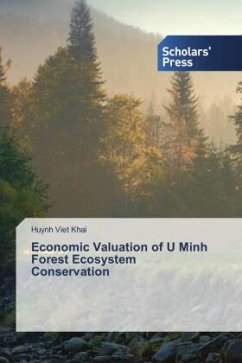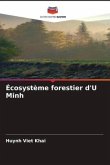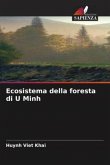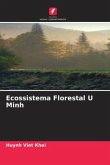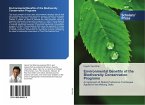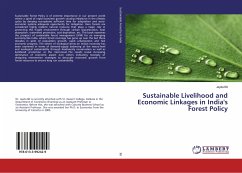This book is a good case study with the application of stated preference methods like contingent valuation and discrete choice experiments to estimate the economic value of proposed biodiversity conservation programs, here in the U Minh Forest, the largest peat swamp forest in Vietnam. The study also identifies the social welfare due to the loss of biodiversity and the trade-off between biodiversity and economics. The book might provide policymakers and other stakeholders with additional information on residents' attitudes toward the environment and natural resources as well as the benefits of ecosystem conservation.

